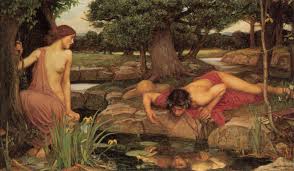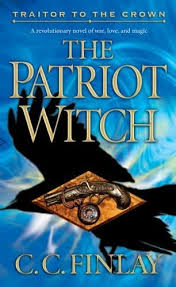Come Hell or High Water: Part One: Wellspring by Stephen Morris
In 1356, an entire town turned against one woman. Driven by religious fervor, they proclaimed her a witch and put her to death without a proper trial or formal sentence. But, as Fen’ka inhaled the smoke surrounding her on the stake to which she was affixed, she issued her own verdict – and with it came a punishment that would endure for centuries… until justice, however harsh, was once and for all served. ‘Come Hell or High Water: Part One: Wellspring’ by Stephen Morris carries readers back in time to witness this age-old injustice and follow the consequences, and culmination, of Fen’ka’s curse on the city of Prague. The chapters alternate between this fourteenth century storyline and another, set in 2002, centered on a young girl named Magdalena, whose fascination with the occult and determination to do more with her life have inexorably drawn her into Fen’ka’s post-mortem quest for justice. As Magdalena comes to terms with her otherworldly assignment in one chapter, the ways Fen’ka’s final words came back to haunt the villagers of Prague is explored in the next – and, so on and so forth it goes, masterfully, until the end of this, the first installment in the Come Hell or High Water trilogy.
‘Wellspring’ is an entirely enthralling, incredibly intense novel that seamlessly weaves together elements of history, folklore, popular culture, and religious, spiritual, and occult practices and beliefs – among other things. Author Stephen Morris’ passion for, and commitment to, his cast of characters is evident in his prose, which is fluid, dynamic, and absolutely haunting at times. As eloquently told as it is informative and thought-provoking, ‘Wellspring’ is a title worthy of standing on the shelf alongside acclaimed works such as those in The Vampire Chronicles and Mayfair Witches series penned by the mother of all things occult, Anne Rice. It’s definitely a page-turner and will hold your interest from start to end, though its end isn’t really and ending, but, rather, an invitation to the next book.
RED CITY REVIEWS also hosts an annual book award contest, that includes cash prizes in five different book categories, including Science Fiction/Fantasy. The Red City Review Book Awards offers a grand prize of $500, that also includes other great prizes that will help promote the winning book so that it receives the attention it deserves. Finalists will be announced October 10, 2014.

![5redstars-300x70[1]](http://www.stephenmorrisauthor.com/wp-content/uploads/2014/07/5redstars-300x701.jpg)

